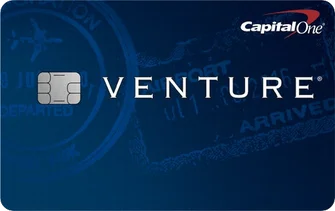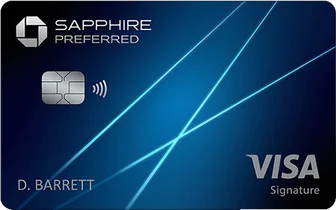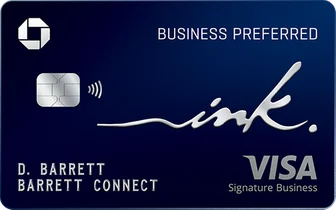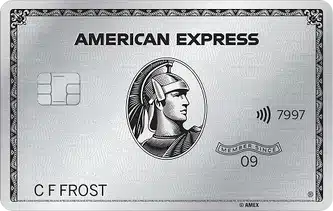This post contains references to products from one or more of our advertisers. We may receive compensation when you click on links to those products. For an explanation of our Advertising Disclosure, visit this page.
Frequent travelers — especially those who play the points and miles game — are familiar with Chase Ultimate Rewards. The points can be acquired via an array of Chase credit cards and then redeemed at a high value for all kinds of travel-related things, from flights to hotel stays. However, with travel down and cardholder expectations and spending habits shifting due to the coronavirus pandemic, Chase has decided to extend the value of Chase Ultimate Rewards points, with a Pay Yourself Back feature.
What is the Pay Yourself Back Feature?
The Pay Yourself Back feature, according to a release issued by Chase, allows cardholders to use their Chase Ultimate Rewards points to pay for their existing purchases across a few categories and receive a statement credit.
Related: Best Credit Cards For Eating At Home
How Does the Pay Yourself Back Feature Work?
Depending on your Chase card, you should be able to go into your Ultimate Rewards account online and see the Pay Yourself Back feature now. After making a purchase in one of the eligible categories, select your chosen transactions (up to 90 days ago) and then redeem your points for all or part of that purchase. You’ll receive a statement credit for the desired amount within three business days.
Related: Chase Sapphire Reserve vs Chase Sapphire Preferred
Is the Pay Yourself Back Feature Worth Using?
At first glance, the Pay Yourself Back Feature looks to be a great deal. Previously, if you had redeemed your Chase Ultimate Rewards points for statement credits, you’d get only $0.01 for every one point you redeemed.
Like with many credit card features and perks, how you use Chase’s Pay Yourself Back feature and whether or not it’s worth it to you will all come down to your individual spending habits and travel goals.
Related articles:






